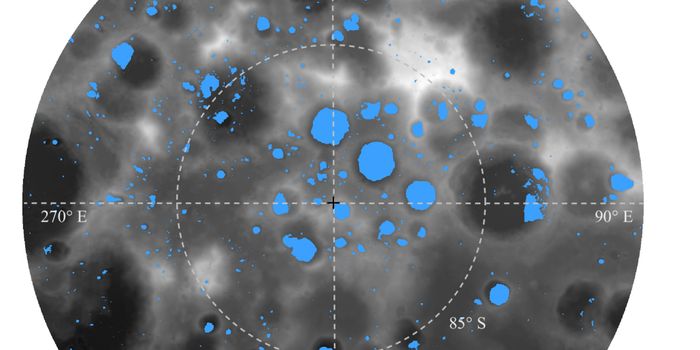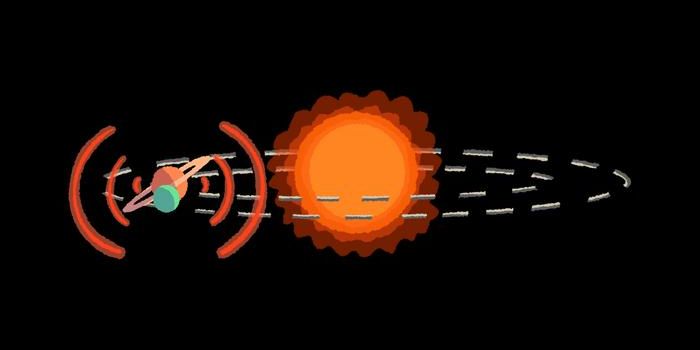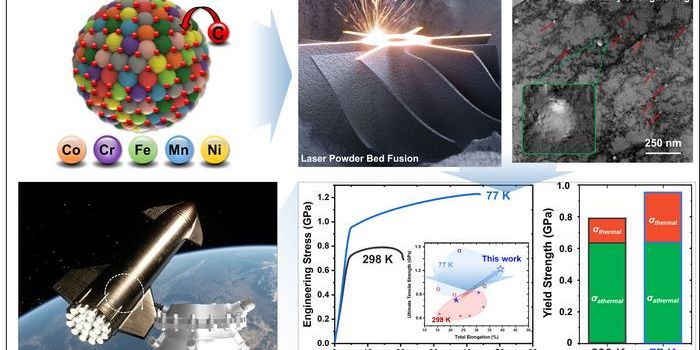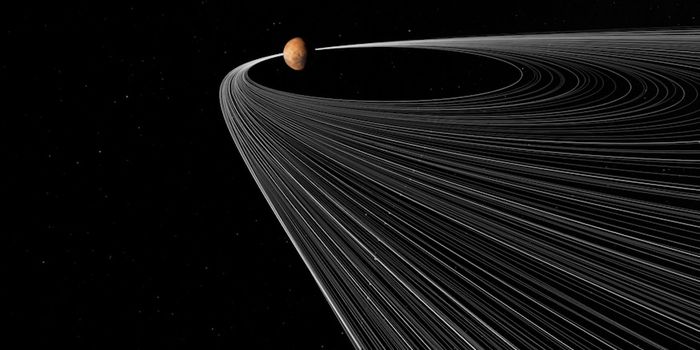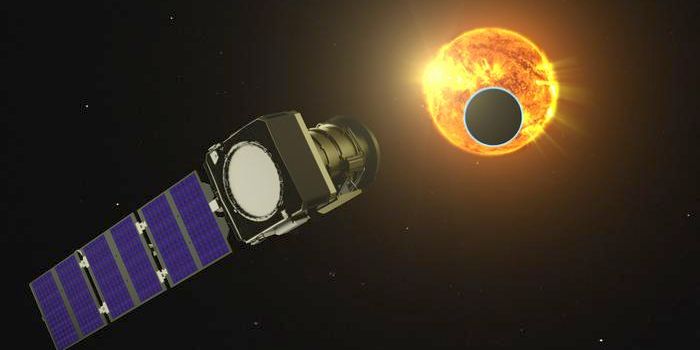Innovation in Space Propulsion: NASA's 3D-Printed RDRE
In the ongoing effort for developing more efficient and cost-effective spacecraft engines, NASA recently performed a successful 251-second (4 minutes and 11 seconds) test of the 3D-printed Rotating Detonation Rocket Engine (RDRE), resulting in greater than 5,800 pounds of thrust. This test demonstrates the technological capabilities for landing on the Moon or Mars along with sustained engine burns for deep-space missions and holds the potential to enhance propulsion systems for future space missions.
Image of the 251-second hot fire test of a full-scale Rotating Detonation Rocket Engine (RDRE) combustor recently tested by engineers at NASA’s Marshall Space Flight Center in Alabama, resulting in more than 5,800 pounds of thrust. (Credit: NASA)
“The RDRE enables a huge leap in design efficiency,” said Thomas Teasley, who is a combustion devices engineer and team lead for the RDRE testing at NASA’s Marshall Space Flight Center in Alabama. “It demonstrates we are closer to making lightweight propulsion systems that will allow us to send more mass and payload further into deep space, a critical component to NASA’s Moon to Mars vision.”
What makes the RDRE design unique is its higher power-to-fuel ratio than traditional rocket engines being used today, meaning it can produce greater amounts of power while burning less fuel, thus making the RDRE more efficient and cost-effective, as well.
This most recent test comes after Marshall engineers performed the first-ever hot fire test of the RDRE in the summer of 2022. During that test, the RDRE was fired over a dozen times for a total of almost 10 minutes of ignition time. During that test, the RDRE was able to generate more than 4,000 pounds of thrust for over one minute at full throttle while succumbing to 622 pounds per square inch within a test chamber, which was the highest pressure rating for this engine design ever achieved at the time.
These tests come as NASA is ramping up their Artemis program with the goal of sending humans back to the Moon for the first time since Apollo 17 in 1972, along with landing the first woman and person of color on the lunar surface, as well.
How will RDRE help future space missions in the coming years and decades? Only time will tell, and this is why we science!
As always, keep doing science & keep looking up!
Sources: NASA, Air Force Research Laboratory, NASA (1), NASA (2)


